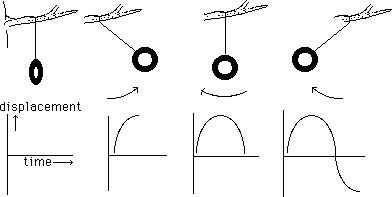

For instance, virtually all modern computer power supplies use a direct rectification mode of AC input (without any step-down transformer) to derive a bulk DC power supply for conversion into lower DC rails using switch-mode techniques. With the increased use of such devices in consumer loads, the presence of distortions in current and voltage waveforms has become a frequent occurrence today. Nonlinear loads, a vast majority of which are loads with power electronic devices, draw current in a nonsinusoidal manner. Harmonic distortions are usually caused by the use of nonlinear loads by the end users of electricity. Zero-sequence triplen harmonic currents present a further problem as they are constrained to zero-sequence paths such as neutral conductors which can then become overloaded and present a serious risk as neutral conductors are not normally protected against overloading.

The aim must therefore be to shunt the emitted harmonic currents into low impedance paths as close to the non-linear load as possible to minimize the resulting voltage distortion, as the voltage distortion will cause harmonic currents to flow in other linear and non-linear connected loads, such as motors, with deleterious effects. In doing so, they cause harmonic voltage drops in all the impedances through which they pass which distort the normal supply sinusoidal voltage.

These emitted harmonic currents, like any generated current, will circulate via available paths and return to the other pole of the non-linear load. The distortion to the normal incoming sinusoidal current wave can be considered to result from the load emitting harmonic currents that distort the incoming current. Harmonic distortion needs to be defined as either ‘current distortion’ or ‘voltage distortion.’ Non-linear loads, unlike linear loads, draw a non-sinusoidal current from a sinusoidal voltage supply. Hardy CEng FIET, in Transmission and Distribution Electrical Engineering (Fourth Edition), 2012 24.3.1 General


 0 kommentar(er)
0 kommentar(er)
